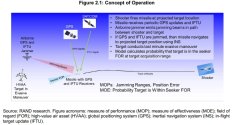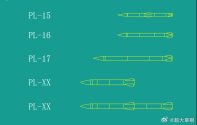If the PL16 is superior and cheaper in every way to the PL15, and you can expand production to make as many as you want easily, even in war time usage scenarios, why would you not just make an ARM version of that instead of keeping the PL15 line to make ARM versions of the PL15?
Indeed, if the goal is to have the best ARM, you really are better off with a clean sheet design rather than modifying an existing AAM.
With China’s technical capabilities, industrial might and the vast amounts of money China is prepared to invest in its military modernisation, the only logical explanation for making an ARM version of the PL15 instead of developing a brand new dedicated ARM is to preserve the manufacturing capability of the PL15. At least for a few years more.
Indeed, I would be amazed if the PLAAF doesn’t already have a dedicated clean sheet ARM already in service, given the mission set, threat environment, and systems they will potentially need to deal with.
I would also add that if you can reuse the PL-15 rocket body, it avoids cost and development time.
My guess is that this is the lowest cost approach.
EDIT
Stealth fighters are severely constained by internal weapons carriage volume, and the PL-15 form factor has already been optimised for this.
For comparison, I see that the F-35 can carry 4 AMRAAMs or half as many AARGMs (which occupy 2 hard points). In comparison, the J-20 or J-35 could swap PL-15 AAMs and ARMs on a 1-to-1 basis.
And my gut says that the 68kg warhead of the AARGM is a legacy from the HARM days when electronics and terminal targeting was much worse.
We can see many examples of SAM warheads getting smaller as well.
Last edited:



